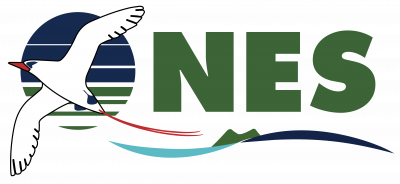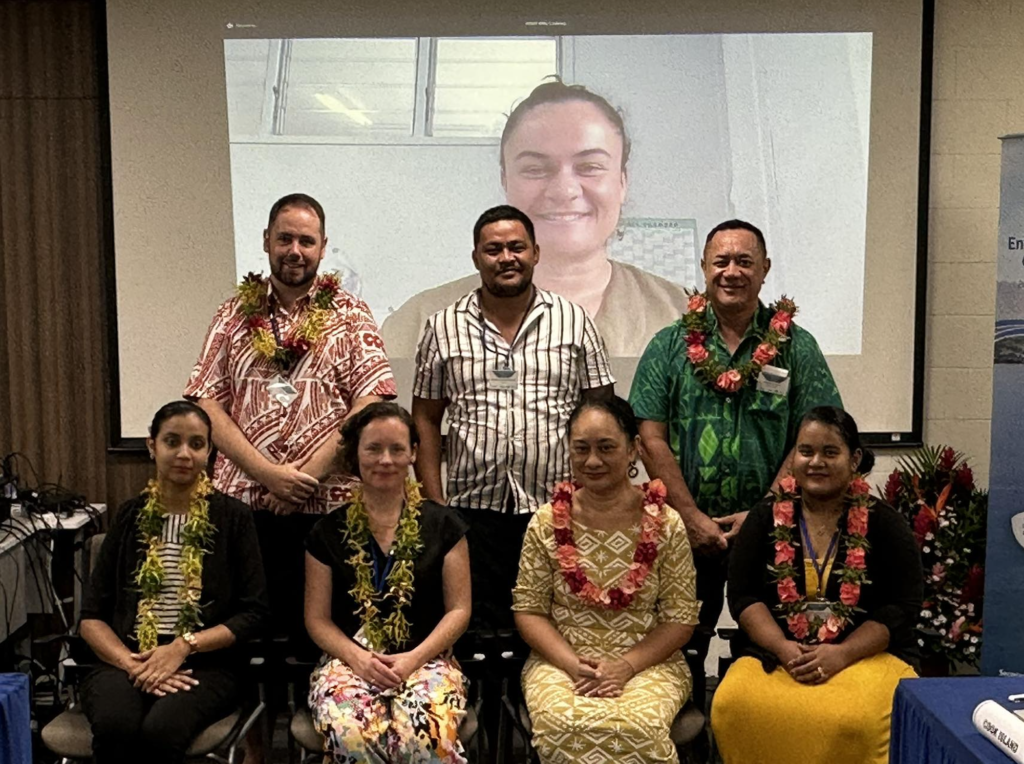Terena Koteka-Wiki, NES GEF7 Project Officer, assisted Ella Ruland with the deployment of an acoustic sound monitoring device called a SoudTrap300. Ella Ruland is an Australian undergraduate currently based in Rarotonga to conduct marine research and recording high frequencies of cetaceans in partnership with the University of the South Pacific.
Ella’s marine research includes conducting four deployments using the hydrophone (SoundTrap300) to record at 144 kHz, with the hopes of recording high frequency cetaceans. The battery life and internal memory capacity allows the hydrophone the ability to be moored for 30 days. The deployment of the hydrophone was the first of four deployments that will be taking place during Ella’s marine research in Rarotonga.
Dive Rarotonga’s boat was utilized to get to the remaining wreckage of the Maritime Reefer, where the first deployment of the hydrophone took place with assistance from Neil and his team. For optimal acoustic recordings the hydrophone needed to be an adequate distance from the reef, within appropriate scuba diving depth (~25m), and in relatively unobstructed surroundings.
The Maritime Reefer was chosen as the site for the deployment of the hydrophone as there were no obstructions to the operations of the SoundTrap300. Ella explained that when you deploy hydrophone, you want it to be stationed in a clear patch that has no obstructions. If there is, a possibility for acoustic shadowing then you will have difficulties detecting sound coming from the direction you are wanting to receive results from. It needs to be attached at the highest point for optimal results.
Terena stated ‘this was a great capacity building opportunity to not only learn more about the marine research that Ella is conducting for her undergraduate studies, but also understand the technology that is being used for this marine research’.







